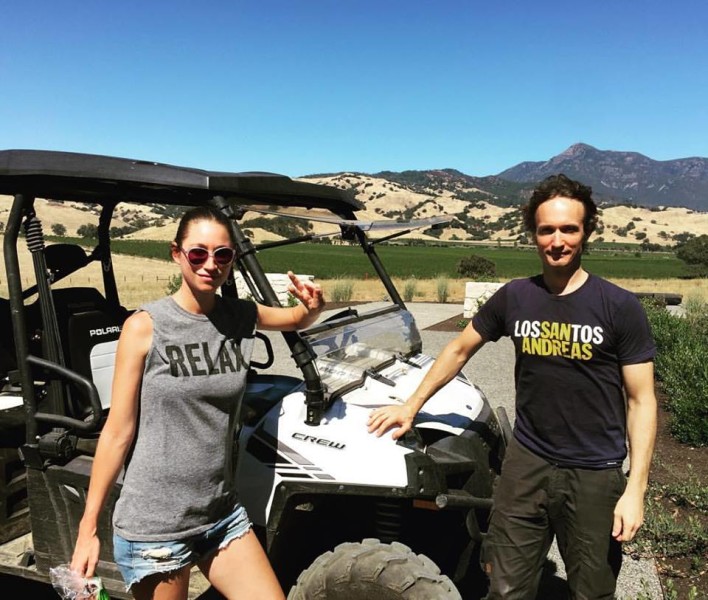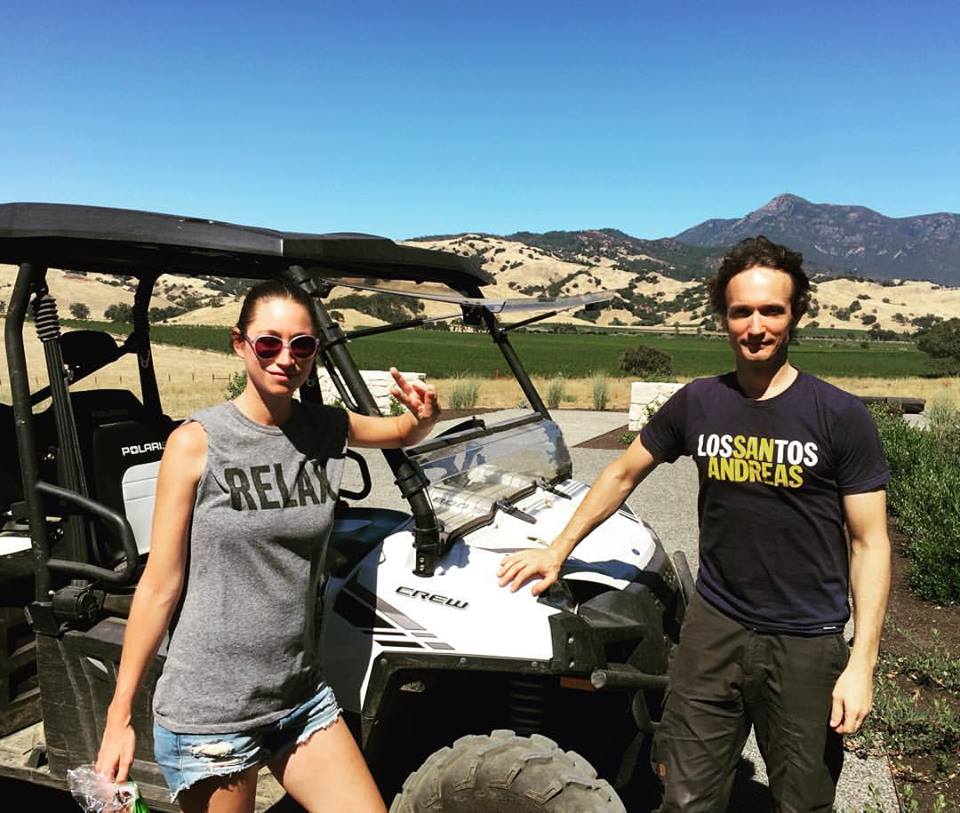Moving into day 4 of the 200+Hour Yoga Leadership Training, there’s a question that always comes up:
“If no-pain-no-gain is such a terrible life strategy – that ages us faster, shortens our healthspan, and keeps us locked away far short of our potential – then why is it so popular?”
It’s true. Nearly all of us have grown up thinking that the hardest way is the best way. Stress and struggle are how we get anyway good, and ease is for vacation . . . which never really comes, because we’ve spent so much time practicing stress and struggle, it’s just tough to leave it behind. So how did we get here, and how can we leave it behind?
For the first part, there are a few really strong factors at work – including our chemistry, neurology, psychology, and culture.
Beginning at the beginning, we’re chemically addicted to stress.
Our evolutionary design gave us stress cocktails that include adrenaline, cortisol, dopamine, and endorphins to make escape from danger, hunting, and reward-seeking possible, and even pleasurable. Which is good when you’re faced with an angry herd of marauding giraffe, or need to delay your rest and relaxation time long enough to find food.
This same design never anticipated that we would put stress into every minute of every day – even into our health and healing practices. But, we do. We carry the stress and struggle, and the oddly-pleasing chemistry it creates, into pretty much everything. Unfortunately, this keeps us in a stress state for most of our time, and out of relaxation and healing state, where we should be most of our time.
So that’s a quick run at chemistry. Next there’s our neurology – or in short, our habits. Our body pays really close attention to everything we do, assumes that we’re doing the right thing, and then even works hard to make it easier for us to do it again. This happens right down to the level of our neurological pathways, which are constantly created and fast-tracked (myelinated) to keep doing more of what we choose to do.
The catch is, thanks to a few factors like chemical addiction, psychology, and cultural support, we don’t always choose to do the best or most adaptive things. And it’s not like every time we have a choice – a good behavior or a bad one – it’s equally likely that we go either way. Not at all. Once we’ve made the bad choices for a bit, it’s increasingly likely that our neural networks will fast-track us into making that bad choice, and follow that bad habit. So our habits are not always the ones we want – but they do become more and more a part of us. Which maybe gives us our first clue to a solution.
Our body pays really close attention to everything we do. Maybe we should, too.
Next there’s our psychology, our mindset and beliefs, which gets wrapped up in everything from our chemistry and neurology to culture and all kinds of personal experience. And fundamentally, what we believe is what we do.
I see this all the time just in yoga. If what people believe is that it’s really important – even life-changing – to put both feet behind their head, or bend over backwards enough to put their heads into their bottoms, then even if they say it’s ok to go easy, to enjoy the process, what they’ll really do is push hard for the endpoint. More stress and struggle, in a practice that – done another way – could release the stress and produce harmony and good health instead. So there’s another clue here.
What we believe is very important, and it takes some examination to uncover what’s real for each of us. Because our beliefs are much more than what we say. They are exactly what we do.
And last, there’s our culture, our community. What if we begin to believe that harmony and ease are a better life strategy than stress and struggle – but we find ourselves in a community where this comes off like our hair is on fire? Work is just always going to be hard as nails, you’re not supposed to like it or even understand it, just endure it, and someday this will get you somewhere. And same for your health and fitness practice. If that’s our community, can we do something different?
So there’s a last clue here, somewhere in what it means to be a community, and why we’re all here. The truth is, we come together to support each other. And we all want about the same thing. Feel better. Feel happier. Have some progress and achievement in this life. Community is created for this. And it’s created around what we believe – but even more direct, it’s created around what we do. So what we do is important. It’s important, the choices we make.
It’s important that we believe our best way to get where we’re going is by feeling good every step along the way. Because how we get where we’re going is how we will feel when we get there. And it’s important that we practice this. Not just think about it, not just say it. Practice.
Yoga, tai chi, qigong, all places that can be good for this practice. You don’t learn to climb mountains by dropping from a helicopter onto a vertical wall at 7,000 meters. Start simple, learn to move well from here. These practices give very simple forms to see our old habits that don’t work so well and build some new ones that do, so we have them in our bodies and minds when things get more complicated, more difficult.
Our neurology, our gene expression, our chemistry and psychology – are all created in how we move through this life, in the choices we make. We move with aggression, force, stress, this creates a chemistry and neurology, a certain set of habits, that lets us accomplish some things, and also leads us to aggravation and injury, to less health, less happy.
We move with connection, harmony with our whole self, grace and ease even under challenge – this also produces a chemistry and neurology, a set of habits, that lets us accomplish far more, being fully who we are without the pre-tension of stress and self-limiting habits. More healthy. More happy.
It’s why we’re all here, practicing this, together.
– by Mike
About Strala Yoga Training
Strala combines the movement and healing wisdom of tai chi with the form vocabularies of yoga, tai chi, qigong, and Traditional Chinese and Japanese Medicine, to help people release stress, move easily through challenge, and live radiantly inspiring lives.
It begins with a mindset, that says our best way to get where we’re going is to feel good along the way. It also works miracles for whole health, helping us to find ease in our bodies and minds, and create the right conditions both for healing and optimal performance.
In our Strala Training Courses, you learn to shape your destiny on every level that counts, from your psychology, chemistry and neurology, to your chromosomes and even gene expression. The unique set of skills you develop – for connecting with yourself and others, unblocking your energy, healing what needs healing and accomplishing challenge with ease – uncovers your ability to create the life you want, and be an inspiring leader to the people around you.
Who’s What’s and When’s of Strala Yoga Training


